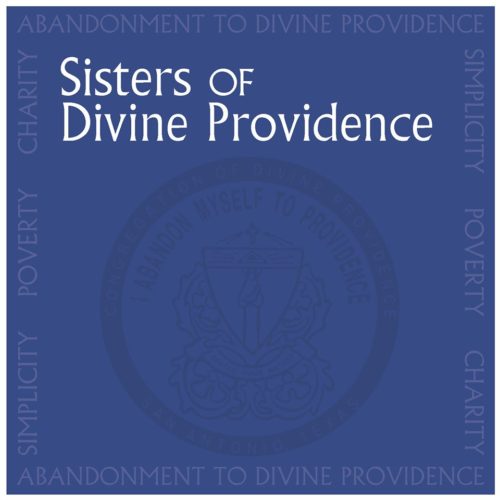1921 Tulsa Race Massacre
Sister Generosa Callahan’s Unpublished Manuscript of the 1921 Tulsa Riots
 In Sister Generosa Callahan’s original manuscript (later to be condensed) of The History of the Sisters of Divine Providence, San Antonio Texas, she writes about the Tulsa Race Riot of 1921 as it affected Holy Family School, where we served from 1903-1968.
In Sister Generosa Callahan’s original manuscript (later to be condensed) of The History of the Sisters of Divine Providence, San Antonio Texas, she writes about the Tulsa Race Riot of 1921 as it affected Holy Family School, where we served from 1903-1968.
She recounts that on May 30, 1920—a year before the Riot–Bishop Meerschaert dedicated a new $200,000 Holy Family School. It was affiliated with the Oklahoma State Department of Education and was made a Catholic Central High School. (Records indicate that during the next school year–1920-21– 15 Sisters of Divine Providence were missioned at Holy Family, and 565 students were enrolled.) The following is an excerpt from her account:
The program of commencement night, 1921, had just been brought to a close when news was brought that there was serious trouble in the city. Father Meiring stepped on the stage in his usual calm and dignified manner and after informing the audience of the danger to which they were exposed, urged them to file out cautiously and avoid Main Street, the scene of the riot. Constant firing continued throughout the night. Early the next morning thick heavy clouds of smoke were curling up from burning “Negro Town.” Everything was in a state of excitement and the city was put under martial law. The prominent men of Tulsa had taken the law in their own hands and were determined to wipe the blacks out of Tulsa. The whole cause of the trouble was that a negro had assaulted a white woman.
Before evening Father Heiring notified the Sisters that some of the colored folk would be brought to the basement of the school as the city authorities had ordered that every church and organization was to lend a helping hand in caring for the unfortunates. Hardly said, the door opened and a number of them were ushered in, fright and bewilderment written on their faces. Some were afraid of the “Ladies with the bonnets” as they called the Sisters. And others were in dread agony that the whites would shoot them through the windows in the basement.
In less than half an hour Holy Family was a scene of great activity. The Knights of Columbus, the Boy Scouts, the Ladies of the Alter Society, and the Sisters were doing all in their power to help the poor suffering men, women, and children. The sight was a pitiful one to behold. Some of the women had seen their husbands shot before their eyes; others were separated from their children. One man was brought in in a dying condition — six bullets having pierced him – but he was taken to the emergency hospital where he died before morning.
The next morning found the basement turned into a dining hall, the ladies of the parish and the Sisters waiting on the blacks. When the final count was made, it was found that more than four hundred had been fed. After breakfast one old negros was heard telephoning his friend and inviting him to come to the basement, saying: “Say, you better come to dis catlick place, ‘cause you sho will be treated white” [“Memoirs” of Sister Cecilia Meyer]. Some of them had begun to like the place so well that is was hard to get them away after the trouble had subsided.

